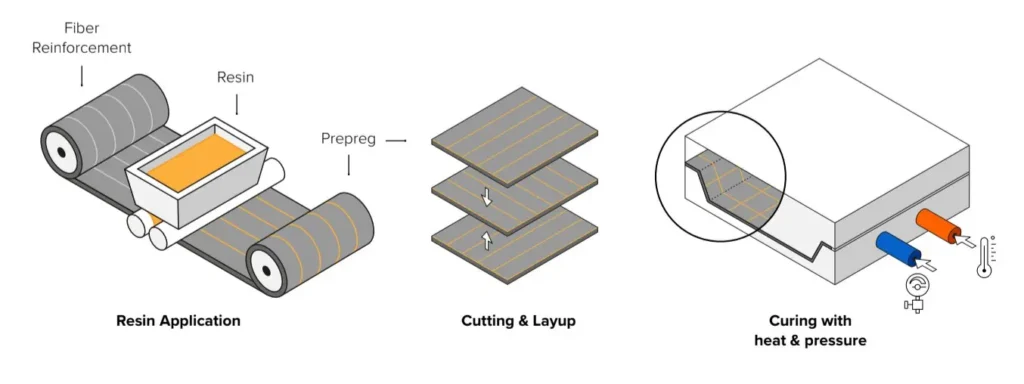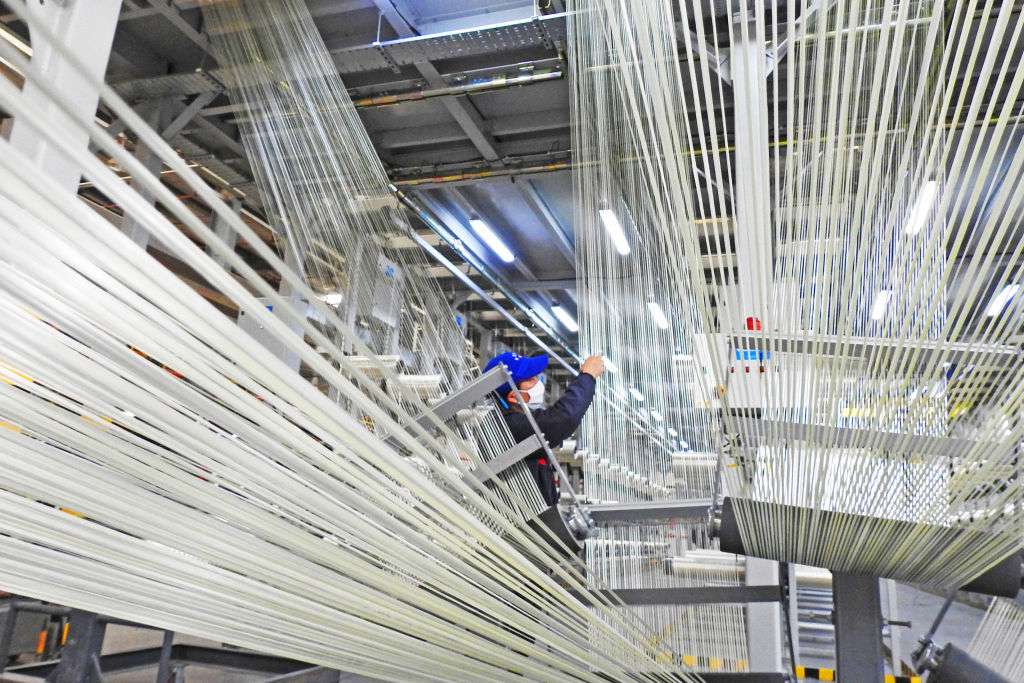Steel fiber manufacturing process is a crucial step in the production of various products, including building materials, automotive parts, and textiles. In this article, we will provide a comprehensive guide to the steel fiber manufacturing process, including the different methods, equipment, and applications.
Introduction
Steel fiber manufacturing process involves the conversion of steel slabs into fine fibers using various methods. The process can be divided into three stages: crushing, grinding, and spinning. The resulting fibers can be used in a variety of applications, including building materials, automotive parts, and textiles.
Crushing Stage
The crushing stage involves the reduction of the steel slab into small fragments using a hammer mill or a ball mill. The fragments are then ground into a fine powder using a grinder or a roller mill. The resulting powder is then mixed with water to form a paste, which is then extruded through a die to form fibers.

Grinding Stage
The grinding stage involves the reduction of the steel slab into small fragments using a hammer mill or a ball mill. The fragments are then ground into a fine powder using a grinder or a roller mill. The resulting powder is then mixed with water to form a paste, which is then extruded through a die to form fibers.
Spinning Stage
The spinning stage involves the extrusion of the fibers through a die to form a continuous filament. The filament is then cut into small fibers using a cutting machine. The resulting fibers can be used in a variety of applications, including building materials, automotive parts, and textiles.
Equipment Used in Steel Fiber Manufacturing Process
The steel fiber manufacturing process requires specialized equipment to convert the steel slabs into fine fibers. The following are some of the equipment used in the process:
Hammer mills: These machines are used to reduce the steel slab into small fragments.
Ball mills: These machines are used to grind the steel fragments into a fine powder.
Grinders: These machines are used to grind the steel fragments into a fine powder.
Rollers: These machines are used to grind the steel fragments into a fine powder.
Extruders: These machines are used to extrude the fibers through a die to form a continuous filament.
Cutting machines: These machines are used to cut the continuous filament into small fibers.

Applications of Steel Fiber Manufacturing Process
The steel fiber manufacturing process has a wide range of applications in various industries. Some of the applications include:
Building materials: The resulting fibers can be used in the production of building materials, such as insulation, roofing, and siding.
Automotive parts: The resulting fibers can be used in the production of automotive parts, such as brake pads, belts, and hoses.
Textiles: The resulting fibers can be used in the production of textiles, such as carpets, upholstery, and clothing.
Conclusion
The steel fiber manufacturing process is a crucial step in the production of various products, including building materials, automotive parts, and textiles. The process involves the conversion of steel slabs into fine fibers using various methods.
The resulting fibers can be used in a variety of applications, including building materials, automotive parts, and textiles. By understanding the steel fiber manufacturing process, manufacturers can optimize their production processes and improve the quality of their products.